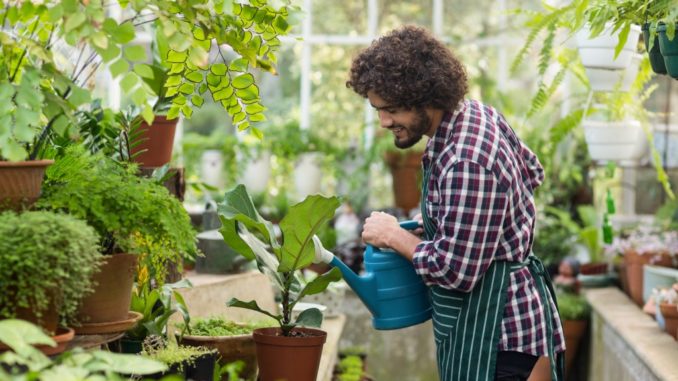
Greenhouses play an important role in the agricultural industry, allowing for the growing of crops even off-season. These facilities, particularly those meant for year-round plant production, usually use rely on varied energy resources, such as heat, lighting, pumping and ventilation.
If these facilities are not designed and maintained properly, they could use a lot of energy, which affects the profitability of operations. Thorough planning and monitoring ensure that energy systems work together to create the best growing environment with minimal energy use.
There are various techniques used to increase energy efficiency in greenhouses, such as:
Environmental Controls
Using controls such as switches, time clocks and thermostats allows you to check and adjust the greenhouse’s environment. Locate temperature sensors away from direct sunlight and at the centre of the growing space. If your budget permits, consider getting computerised controls for more accurate adjustment of indoor conditions.
Greenhouse Coverings and Glazing
Greenhouses in the United Kingdom use coverings and glazing to protect the facility from seasonal changes. There are various suppliers offering glass, poly-film and polycarbonate sheets. Polycarbonate glazing is recommended, as it provides a higher level of light transmission.
Heating Systems
Consider the efficiency of your heating equipment and how it can be maximised based on the type of fuel you are using. Most heaters usually run on liquid propane gas and natural gas. It’s also a good idea to look into investing in larger heating systems, as they use more than one type of fuel. You can also switch fuels under large heaters, depending on which has the lowest cost at the moment.
Improperly adjusted or poorly vented heating systems also consume more energy than necessary. Have your heaters serviced frequently to make sure they are operating efficiently.
Lighting Systems
Although artificial lighting helps improve the quality of some crops, it is often expensive to operate. Add materials such as mirrors that reflect light, or coat ground covers, heating pipes and walls with light colours to help reflect sunlight. The plants will enjoy consistent lighting with minimal shadow, as light is reflected rather than absorbed. The greenhouse will also warm up more quickly.
Ventilation and Air Circulation

Ventilation systems range from automated roof vents to forced air cooling with fans and vents. Understanding the plants you’re growing and the maximum air tolerance is important in selecting the right systems. For example, tomatoes perform poorly in fluctuating temperatures, while cool-season vegetables can tolerate a wide range of temperatures. Make sure that ventilation systems are maintained regularly.
Many greenhouses also have cracks, holes and openings in walls, doorways and roofs, allowing warm air to escape. By sealing them with the use of caulk, you’ll improve the airflow of the facility, balance humidity and temperature levels and reduce your heating bill.
Energy efficiency for your greenhouse allows you to produce high-quality, low-cost crops, improving the profitability of your operations. Not all measures described above are effective for all facilities, though, so it’s important to assess your greenhouse carefully to determine which actions are worthwhile.
